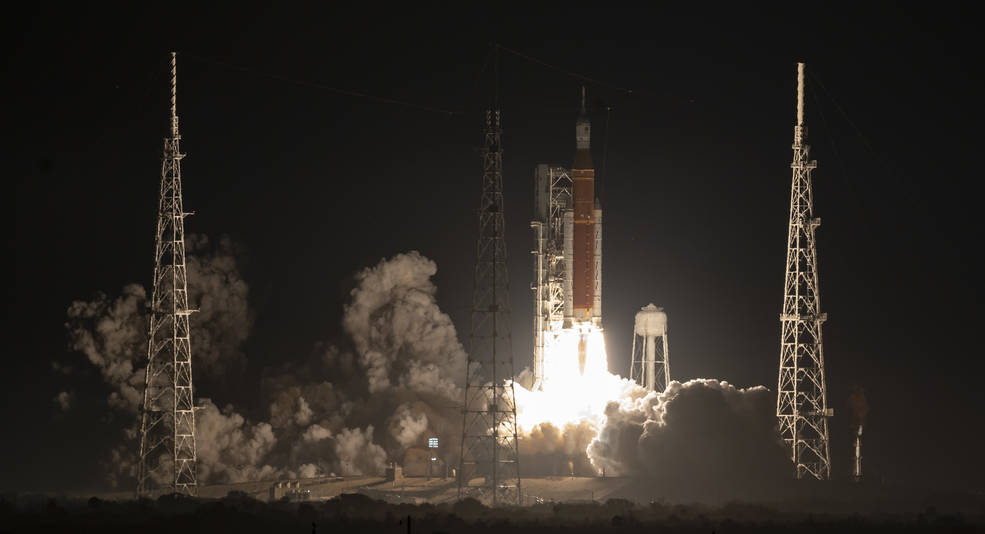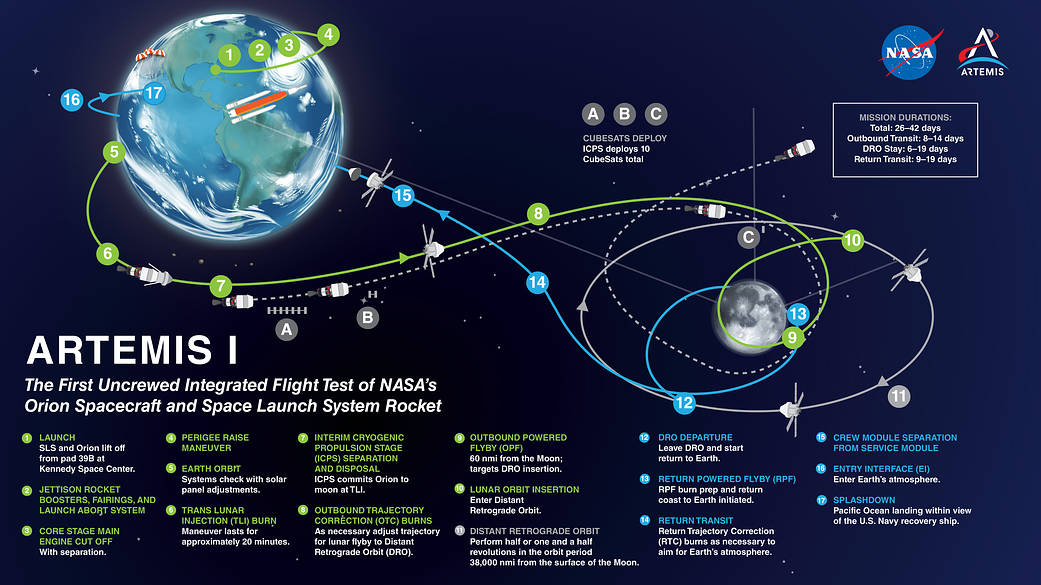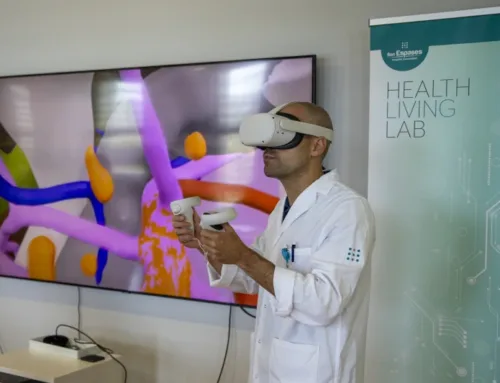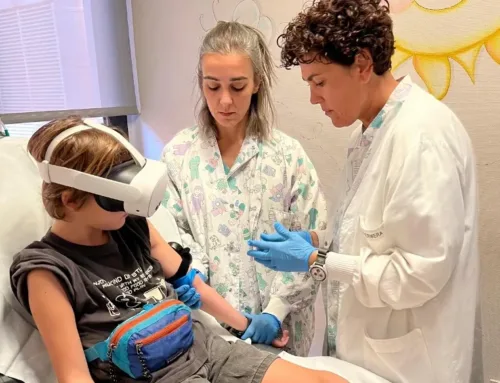NASA has successfully launched the first integrated test of NASA’s deep space exploration systems: the Orion spacecraft, Space Launch Service (SLS) rocket and ground systems at the agency’s Kennedy Space Center in Florida. The launch is the first stage of a mission in which Orion is scheduled to travel approximately 40,000 miles beyond the Moon and return to Earth over the course of 25.5 days.
Known as Artemis I, the mission is a key part of NASA’s Moon-to-Mars exploration approach, in which the agency explores for the benefit of humanity. It is an important test for the agency before it flies astronauts on the Artemis II mission, which will fly the first woman in history to set foot on lunar soil.
“It’s taken a long time to get here, but Orion is now on its way to the moon,” said Jim Free, NASA’s deputy administrator for the Exploration Systems Development Mission Directorate. “This successful launch means NASA and our partners are on track to explore farther into space than ever before for the benefit of humanity.”

NASA’s Space Launch System rocket carrying the Orion spacecraft launches on the Artemis I flight test, Wednesday, Nov. 16, 2022, from Launch Complex 39B at NASA’s Kennedy Space Center in Florida. NASA’s Artemis I mission is the first integrated flight test of the agency’s deep space exploration systems: the Orion spacecraft, Space Launch System (SLS) rocket, and ground systems. SLS and Orion launched at 1:47 a.m. EST, from Launch Pad 39B at the Kennedy Space Center. Photo Credit: (NASA/Bill Ingalls).
💡 Access the full images gallery through this link.
Artemis I mission details
- Launch site: Launch Pad 39B at NASA’s Kennedy Space Center in Florida.
- Launch date: 16 November 2022.
- Launch window: 1:04 a.m. EST to 3:04 a.m.
- Mission duration: 25 days, 11 hours, 36 minutes.
- Destination: Far retrograde orbit around the Moon.
- Total mission miles: Approximately 1.3 million miles (2.1 million kilometres).
- Expected landing site: Pacific Ocean, off the coast of San Diego.
- Return speed: Up to 25,000 mph (40,000 kph).
- Landing: 11 December 2022.








Leave A Comment